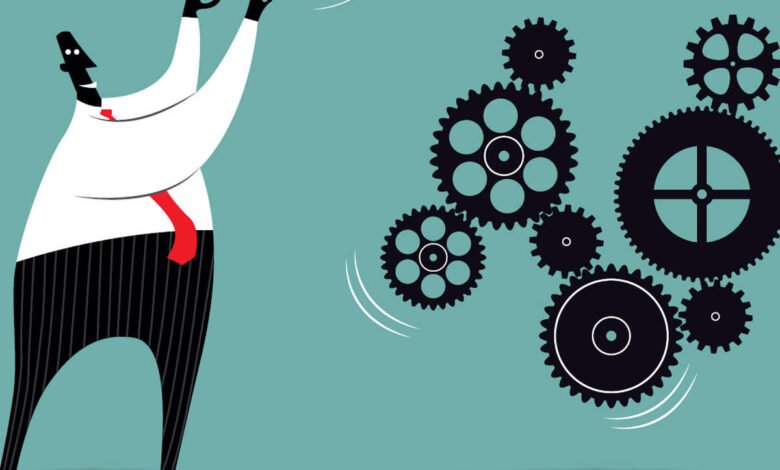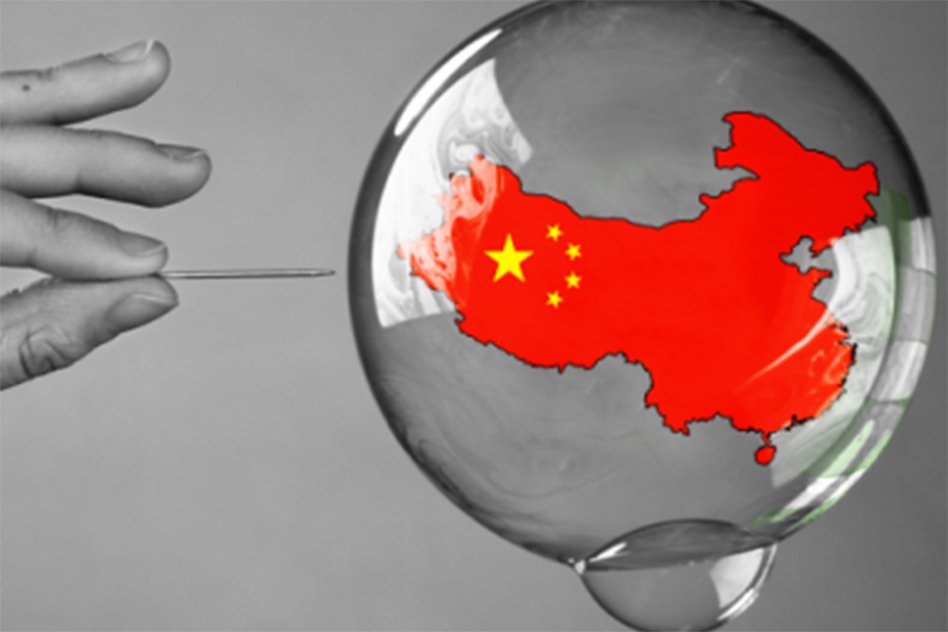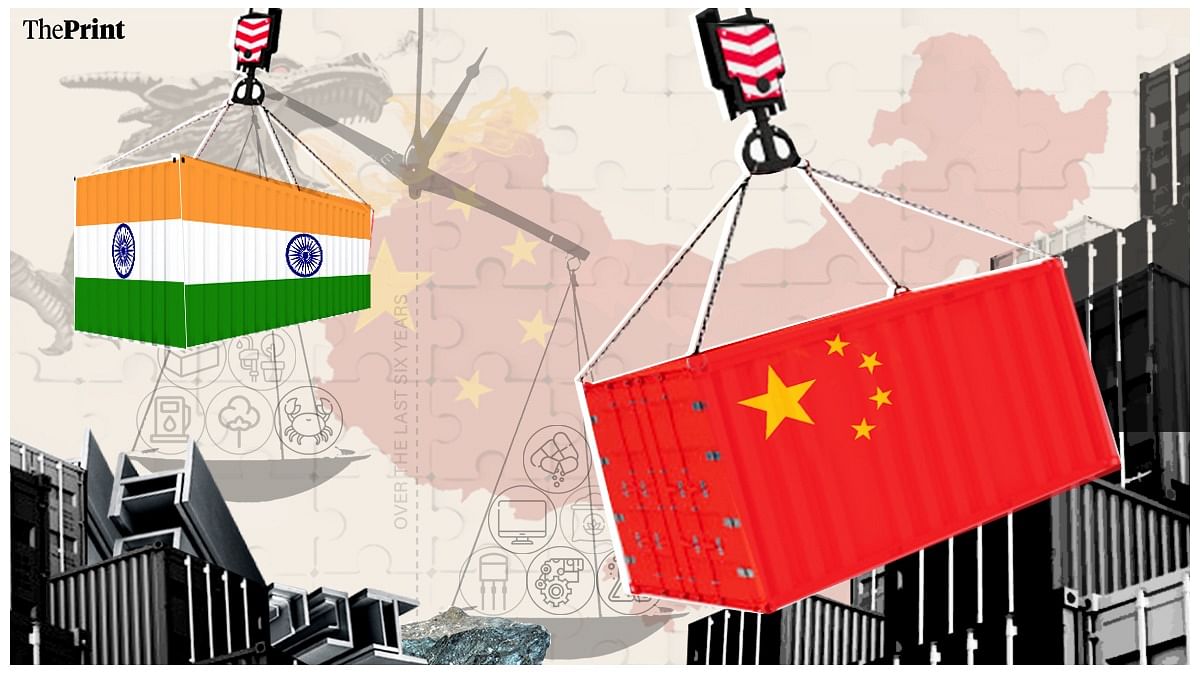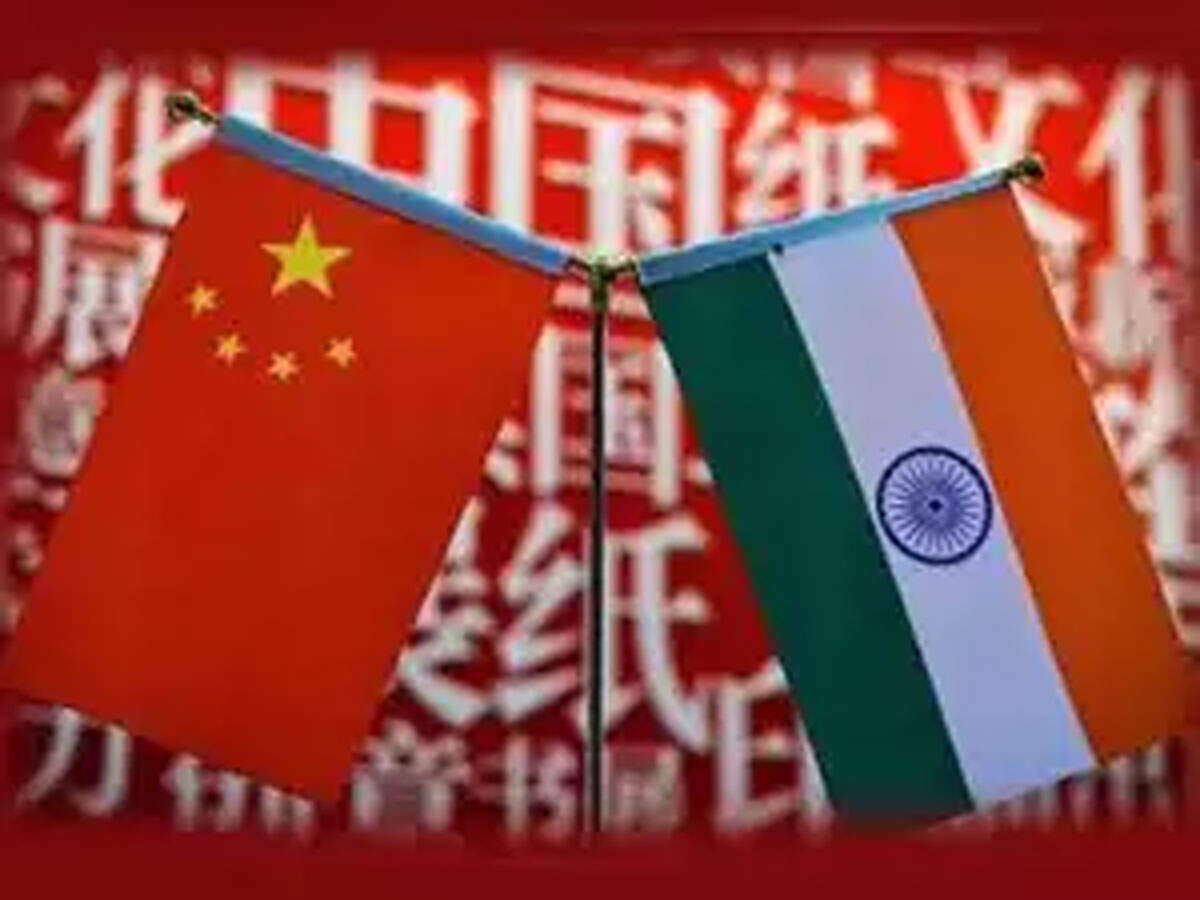How India can benefit from China’s economic crisis

How India can benefit from China’s economic crisis
Due to the stringent lockdowns imposed by Covid-19 in key manufacturing hubs, there are fears of a collapse of China’s economy and banking system. A Chinese crisis provides India with a chance to position itself as a global manufacturing hub.
World economies are dealing with high inflation and rising interest rates while facing another shock. Chinese banks and the economy are at risk of collapsing. Several reports indicate that Chinese depositors are rushing to withdraw their money from banks in anticipation of an impending crisis. Chinese economic growth is considered to be a global growth engine. How did it get into this situation and what impact does it have on the global economy? Moneycontrol explains.

Where does China fit into the global economy?
In 2001, China joined the World Trade Organization, which has led to greater integration of its economy with the rest of the world. As a result, the country has overtaken the US as the center of global trade. Apple and Tesla are among the global companies with large factories in China. Between 2001 and 2021, China’s share of world exports quadrupled. In contrast, the US share fell from 12% to 8%. The US has been overtaken by China as the world’s leading economy based on purchasing-power-parity.
A recent pandemic showed how Chinese trade impacts the world’s economy. The global supply chain for electronic products has centered on China over the years. Due to the pandemic, the world economy aggressively adopted digitalization, leading to a surge in demand for these electronic products. China’s supply of electronic goods has been severely disrupted by lockdowns and supply disruptions.
Why is China facing a crisis at the moment?
In key cities such as Beijing and Shanghai, the Chinese government imposed strict lockdowns after Covid-19 infections spiked. Thus, Chinese economic growth is expected to slow in 2022 and 2023. China’s 2022 GDP growth projection has been cut by the International Monetary Fund (IMF) from 4.4% in April 2022 to 3.3% in July 2022. According to the IMF, China’s GDP growth for 2023 will be 4.6%, down from 5.1%. The IMF noted that there will be 1.1 percentage points less growth due to lockdowns and a worsening real estate crisis.

Do China’s woes go beyond Covid-19-led slowdowns?
It was the Chinese government’s response to the global financial crisis in 2008 that sowed the seeds of current China’s problems. Bank credit jumped sharply around 2008 as a result of an implicit government guarantee. Property and real estate accounted for most of the credit. Consequently, prices rose. Economists have predicted a crisis for years due to unsustainable bank lending. It is often considered an indicator of a crisis when the credit to GDP ratio in China is so high.
The government averted a banking crisis in 2011 and 2015 when prices had fallen sharply. It has turned into a crisis as the government is busy fighting Covid-19 despite the recent price decline not being as severe as in 2011 and 2015.
Why is the Chinese economy in crisis?
In addition to China, the IMF has cut its growth projection for the world economy for 2022 from 3.6% to 3.2%. Chinese and Russian economic downturns are primarily to blame. A slowdown in China, according to the IMF, would have strong spillover effects worldwide. During the pandemic, higher consumer goods prices were seen worldwide due to the decline in Chinese supply. Commodities and intermediate goods supplied by other countries may also suffer from a decline in Chinese growth and demand.
Despite lowering inflation pressure, this may create problems for countries that rely on exports to China. Financial markets could also be affected by lower global growth. As China’s trade sector isn’t as well integrated with the rest of the world as its financial markets, it may be able to cope with the situation.
Trade channels will be the only channels for spillovers. There will be a marginal impact on the financial markets. In contrast, the highly interconnected financial markets of the US led to spillovers in the financial channel during the 2008 financial crisis.
Why is the Indian economy affected by the Chinese crisis?
India’s economy is both challenged and able to take advantage of the Chinese crisis. China’s trade with India has increased dramatically over the years, especially with imports.
As of 2020-21, China accounted for 16.6 percent of India’s imports, up from 10.7 percent in 2013-14. In the same period, India’s exports to China increased from 6.4% to 7.24%. Chemicals, mineral fuels, and other products are the main exports of India to China, while electrical machinery, electronic goods, and other products are its main imports. As a result of the Chinese economic crisis, India’s trade sector may suffer. China imports energy and growth from India, but its exports are not as crucial as China’s.
Investing in imports from other countries could help India overcome this challenge. As a result, India will become less dependent on China over time. It is also possible for India to develop local manufacturing capabilities over time. Indian manufacturing hubs can be positioned as a result of the Chinese crisis. It will be a win-win opportunity for all of the global investment to be brought to India.

What political benefits can India derive from this situation?
In addition to repositioning itself as an Asian and global power, India can also use economic challenges as opportunities. Sri Lanka, Pakistan, Nepal, and Bangladesh are among the countries in South Asia facing crises.
China has not provided any financial help given its crisis, while most of them have relied on Chinese aid. Except for Pakistan, India has assisted all these troubled economies, enabling the country to assert itself in the region. Since China has become increasingly autocratic in recent years, the global political community has been unhappy with its state of affairs. As for whether India can finally get its long-awaited status this time around, the global leadership has kept it on the sidelines all this time.
edited and proofread by nikita sharma





